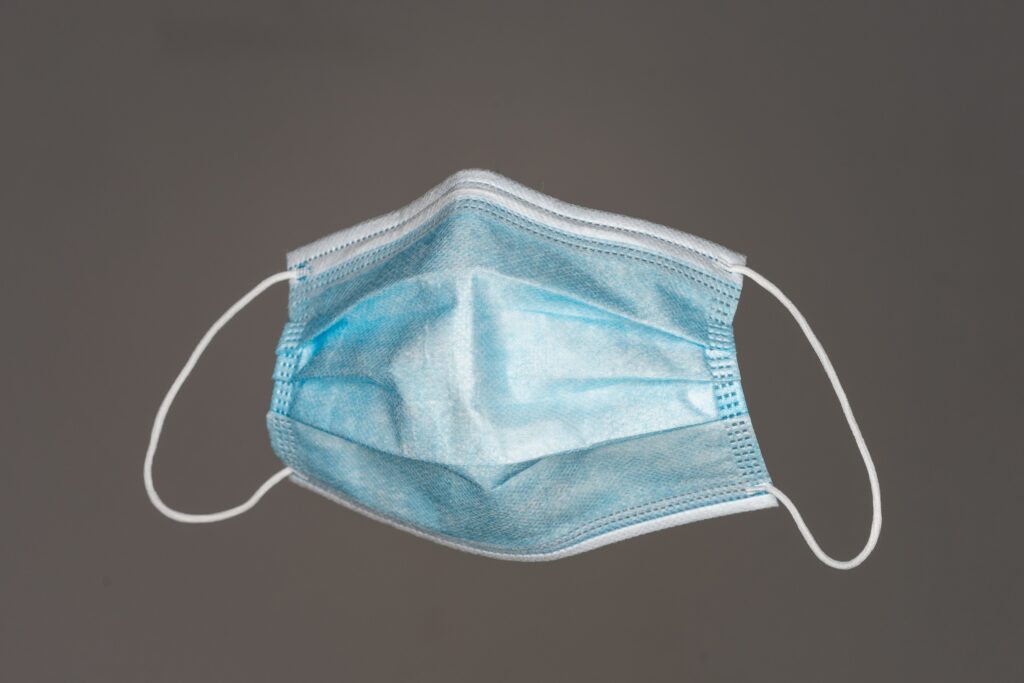Lao PDR has been relatively unharmed by the novel coronavirus itself, with no reported deaths. The Prime Minister of Laos began issuing a series of lockdown measures on March 18, 2020, closing schools and restricting non-essential activities. A period of full lockdown lasted almost a month, from March 29 to April 20, 2020. Movement and gatherings were restricted for Laos New Year. These measures have been deemed successful, as no new cases were reported from April 13 – July 24, 2020. Some controls remain in place including social distancing and restriction on international travel.1

Photo by Markus Winkler on Unsplash. Licensed under this.
These preventative measures for COVID-19 have had knock-on effects on Laotians. Significantly, the country has been impacted by the economic downturn triggered by the pandemic.2 This has particularly affected those working in tourism, hospitality, and services, as well as in trade and investment, commodity prices, exchange rates, and lower remittances.3 However, these impacts have not affected men and women equally. For instance, women make up 2/3 of nurses in Laos, and so are more likely to be on the front lines, placing them at higher risk to the coronavirus.4 The most recently available data on the tourism industry, from 2012, indicated that this sector is predominantly staffed by women.5 The ILO estimates that 93.6% of the working population in Laos works in the informal sector, with the breakdown being 95.5% of employed women working informally compared to 91.7% of men.6
Gender inequality issues affected women prior to the pandemic, but the pandemic has magnified, and in some cases intensified, the issues. For example, stay at home orders have increased the unpaid house-workload for women, who prior to the pandemic were already doing as many as 4-6 hours a day, while men did only 30-60 minutes.7 This is largely due to cultural norms, which dictate that women should do the unpaid housework and take on caregiving roles and responsibilities.8 These measures have also increased gender-based violence.9 This increase in gender-based violence is being seen around the world, and is being called by the UN a “shadow pandemic”.10 Furthermore, healthcare services may have been diverted from other concerns during the pandemic, potentially reducing other healthcare services in a context where there were still significant unmet healthcare needs prior to the pandemic, especially for young women.11 While some women are reporting no changes in how they are accessing maternal and reproductive healthcare, others have indicated that they had greater difficulties accessing services.12 This is of particular concern because Lao PDR has one of the highest adolescent birth rates in the region, as well as a high maternal mortality rate.13
These issues are represented as indicators of gender equality in the Sustainable Development Goals, particularly SDG 5.2 Eliminate violence against women, 5.4 Recognize unpaid domestic work, and 5.6 universal access to sexual and reproductive health and rights. The gendered impacts of COVID-19 and relevant responses significantly impact Lao PDR’s ability to meet these SDGs. This mirrors global concerns regarding gender equality generally, and specifically gender-based violence14, and women’s health15.
The reality is that while there are efforts to collect relevant data, the realities of women remain underrepresented. Furthermore, low levels of womens’ participation decision-making, including around COVID-19, means that policies that could help may not actually meet the needs of women.16 This has been compounded for ethnic minorities seeking access to information during the pandemic: commonly living in rural areas, they may not be able to access any information online, and information made available whether online or in print is made available only in Laotian, which ethnic minorities may not be able to understand.17
References
- 1. Pimpisa Sriprasert and Athena Nguyen. 2020. CARE Rapid Gender Analysis COVID-19 Lao People’s Democratic Republic July 2020. Accessed on September 1, 2020.
- 2. World Bank. 2020. Lao PDR Economic Monitor: Lao PDR in the time of COVID-19. Accessed on September 1, 2020.
- 3. Ibid.
- 4. Pimpisa Sriprasert and Athena Nguyen. 2020. CARE Rapid Gender Analysis COVID-19 Lao People’s Democratic Republic July 2020. Accessed on September 1, 2020.
- 5. Asian Development Bank and World Bank. 2012. Country gender assessment for Lao PDR. Accessed on September 1, 2020.
- 6. International Labour Organization. 2018. Women and men in the informal economy: A statistical picture.
- 7. Pimpisa Sriprasert and Athena Nguyen. 2020. CARE Rapid Gender Analysis COVID-19 Lao People’s Democratic Republic July 2020. Accessed on September 1, 2020.
- 8. Ibid.
- 9. Ibid.
- 10. Phumzile Mlambo-Ngcuka. 2020. Violence against women and girls: the shadow pandemic. Accessed September 1, 2020.
- 11. Pimpisa Sriprasert and Athena Nguyen. 2020. CARE Rapid Gender Analysis COVID-19 Lao People’s Democratic Republic July 2020. Accessed on September 1, 2020.
- 12. Ibid.
- 13. Ibid.
- 14. UN Women. 2020. The Shadow Pandemic: Violence against women during COVID-19. Accessed on September 1, 2020.
- 15. United Nations Population Fund. New UNFPA projections predict calamitous impact on women’s health as COVID-19 pandemic continues. Accessed September 1, 2020.
- 16. Pimpisa Sriprasert and Athena Nguyen. 2020. CARE Rapid Gender Analysis COVID-19 Lao People’s Democratic Republic July 2020. Accessed on September 1, 2020.
- 17. Ibid.

